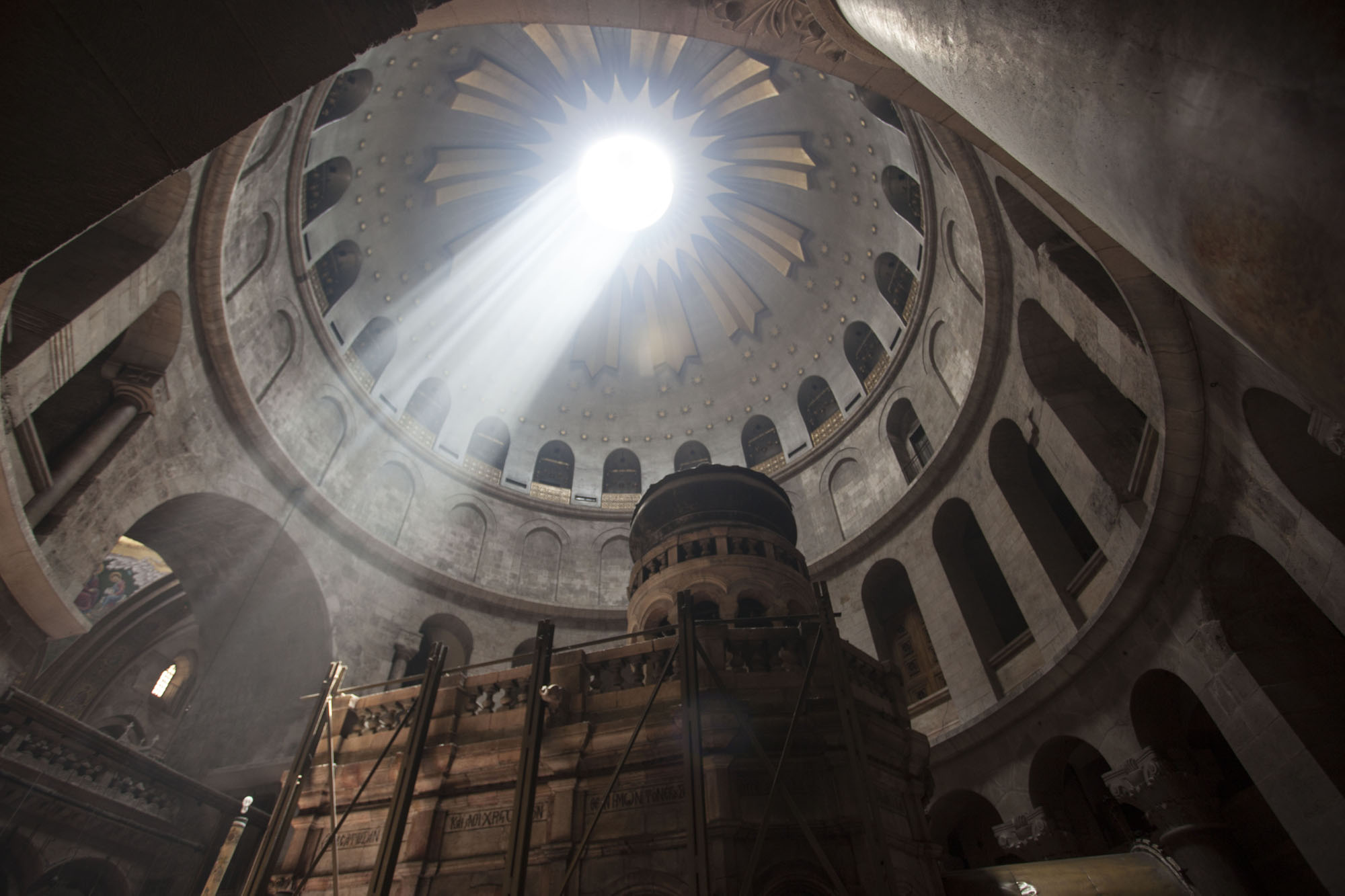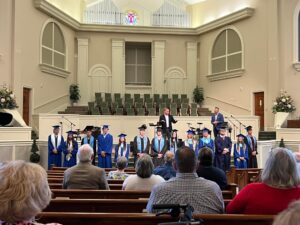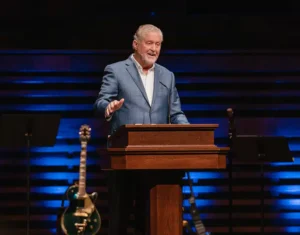
[SLIDESHOW=44768,44771]EDITOR’S NOTE: Gary D. Myers is the director of public relations at New Orleans Baptist Theological Seminary and a master of arts student in biblical archaeology who has participated in archaeological excavations at Tel Gezer and Palmachim.
JERUSALEM (BP) — The thought of Jesus stepping out of the tomb on the first Easter morning is simply overwhelming. His atoning death was magnified by the miracle of His resurrection.
While the cross remains the undisputed symbol of Christianity, the empty tomb conveys the abundant life found in Christ. Just imagine seeing the empty tomb as it was that day.
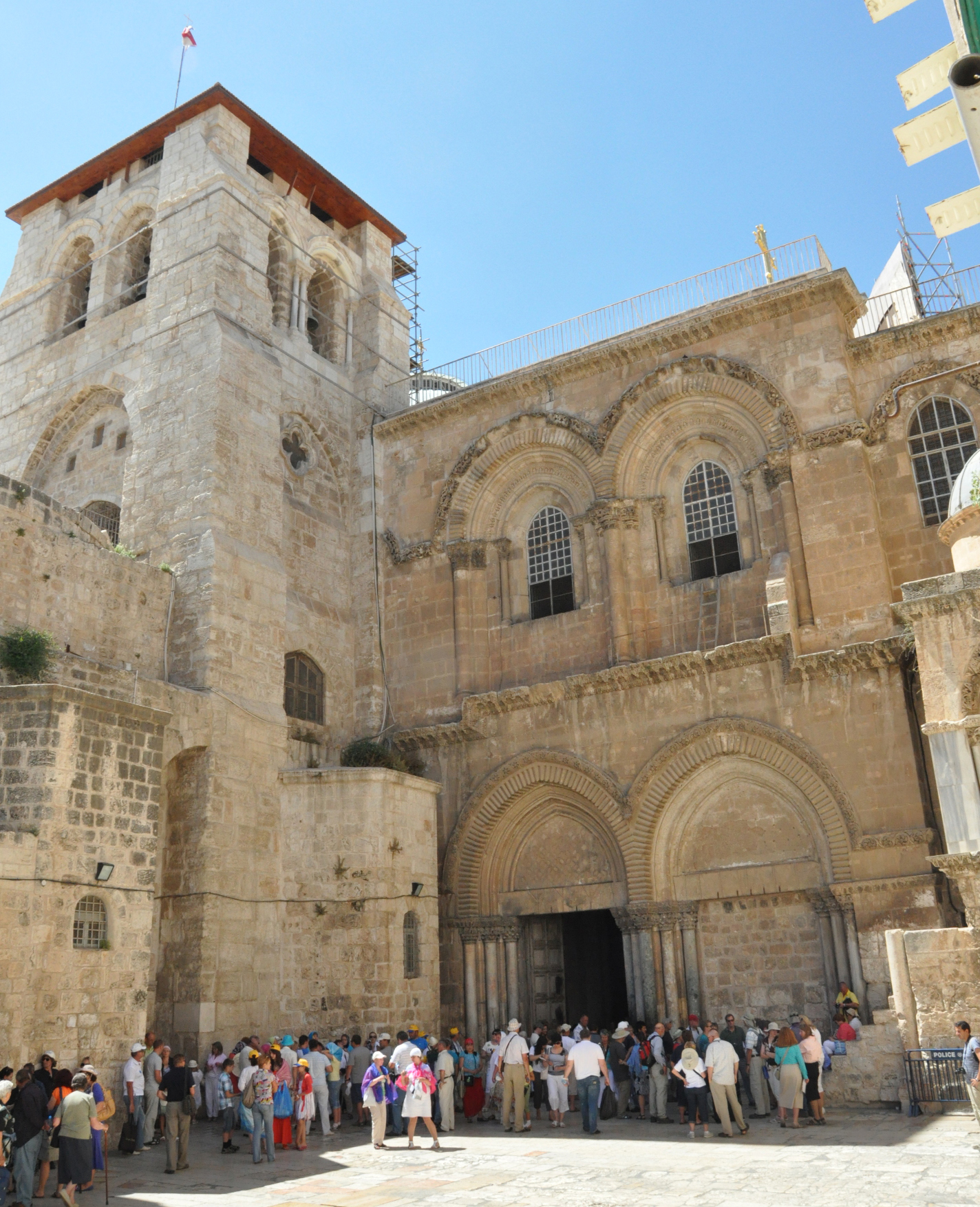 As a believer, I have experienced the power of Jesus’ cross and His empty tomb. I don’t need to see the tomb to experience its power while, as a student of the Bible and archaeology, I am compelled to learn as much as I can about the setting in which the Bible was written. Seeing the empty tomb is an exciting thought.
As a believer, I have experienced the power of Jesus’ cross and His empty tomb. I don’t need to see the tomb to experience its power while, as a student of the Bible and archaeology, I am compelled to learn as much as I can about the setting in which the Bible was written. Seeing the empty tomb is an exciting thought.
Archaeology offers a wealth of contextual information about biblical places, events and people. However, archaeology rarely offers proofs. Such is the case with Jesus’ tomb. Archaeology alone cannot lead to the tomb. It is not as simple as locating an empty tomb. Many empty tombs dot the landscape around Jerusalem — emptied by the ravages of time and human raiders.
With these limitations in mind, what can one learn from archaeology regarding the tomb of Jesus? It turns out, quite a bit. With a little help from early church writers, the chances of identifying the location of Jesus’ tomb rise significantly.
First and foremost, archaeology confirms that the Bible gives an accurate, though not exhaustive, description of a first century tomb. The accounts of Matthew, Mark and Luke describe a tomb cut from rock with a stone to cover the opening. John implies the visitors to the tomb had to stoop down to enter (John 20:5, 11). Matthew (Matthew 27:60), Luke (Luke 23:53) and John (John 19:41) make it clear that the tomb was new and had not been used for other burials. This is an important distinction because tombs often included multiple burials (family tombs) and, at times, tombs from previous periods were reused.
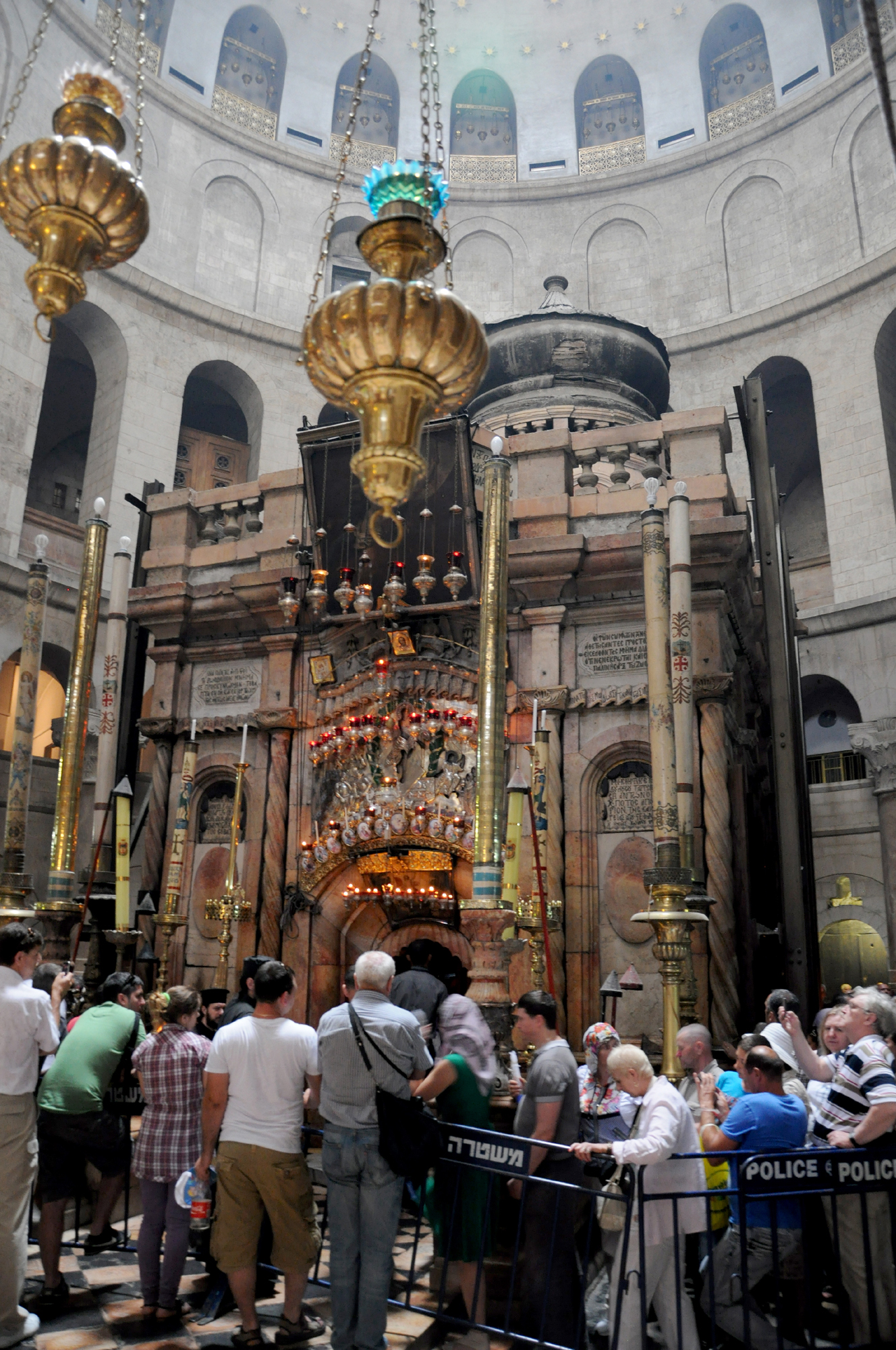 In “Archaeology & the New Testament,” archaeologist John McRay wrote that rock-cut, two-chambered tombs were typical for burials in first-century Jerusalem. The entrances of these tombs were typically low and blocked by a large stone, McRay noted. While most first-century tombs in Jerusalem have square or cork-shaped blocking stones, examples of tombs with round blocking stones have been discovered. The round and cork-shaped stones are consistent with the Bible’s descriptions.
In “Archaeology & the New Testament,” archaeologist John McRay wrote that rock-cut, two-chambered tombs were typical for burials in first-century Jerusalem. The entrances of these tombs were typically low and blocked by a large stone, McRay noted. While most first-century tombs in Jerusalem have square or cork-shaped blocking stones, examples of tombs with round blocking stones have been discovered. The round and cork-shaped stones are consistent with the Bible’s descriptions.
History, archaeology and the Bible all lead us to look outside the city walls for the sites of Jesus’ crucifixion and burial. According to Jack Finegan, author of “The Archeology of the New Testament,” Jewish and Roman customs dictated that executions and burials take place outside the city walls. Again the Bible agrees with what is known from archaeology. John 19:17 says that “he went out to the place of the Skull” while John 19:20 places the crucifixion “near the city.” Hebrews 13:12 records that Jesus “suffered outside the city gate.”
Potential sites of Jesus’ tomb
Over the years, the two leading sites of Jesus’ burial and resurrection are the Church of the Holy Sepulchre and the Garden Tomb.
The traditional site, located inside the current city wall, is the massive Church of the Holy Sepulchre, which covers the entire area thought to be the place of Jesus’ execution and burial. A smaller structure within, called the edicule (small house), has long been considered the place of Jesus’ tomb. While portions of the proposed Calvary hill are still visible, nothing resembling a rock-cut tomb is still visible in the edicule. The tomb area is overlaid with marble and completely enclosed by the edicule, which resembles a small orthodox church. The overt religiosity of the site makes it an uncomfortable place for evangelical Christians, but it has been venerated since the earliest days of Christendom.
The Garden Tomb fits better with the evangelical concept of the garden burial mentioned in John 19:41. The peaceful setting includes a rock-cut tomb a short distance from a cliff which bears a striking resemblance to a skull. First suggested as the location of Jesus’ burial in the 1870s, the simple, worshipful atmosphere with an easily accessible tomb makes the Garden Tomb a must-see stop for Christians visiting Jerusalem. Located outside the walls of the Old City, the Garden Tomb is a short walk from the Damascus Gate.
After visiting both sites, part of me hoped that the Garden Tomb was the actual location of Jesus’ burial and resurrection. Archaeological evidence, however, is stacked against the Garden Tomb. As a rock-cut tomb outside the city walls, the site fits some of the most general parameters. When one looks at the finer points of tomb typology, it is clear that the tomb does not fit the profile. As McRay noted, the Garden Tomb was carved some 600 years before the time of Jesus and then reworked and reused during the Byzantine period. There are no first-century tombs in the general area.
While the tomb itself is not visible at the Church of the Holy Sepulchre, other factors seem to affirm the validity of the site. Other tombs in the church, some very near the edicule, date to the first century. Though located inside the current wall, it is well documented that Herod Agrippa I rebuilt the wall to encompass this area c. A.D. 44. At the time of Jesus’ execution, this area was outside the city wall.
The activities of Roman Emperor Hadrian provide evidence in favor of the Church of the Holy Sepulchre. According to early church writers Eusebius and Jerome, Hadrian (c. A.D. 135) constructed a pagan temple on the site and installed statues of Jupiter and Venus. Romans commonly built temples to their gods on sites venerated by local, conquered populations. Construction of a pagan temple hints that early Christians were venerating these sites as early as 100 years after the resurrection. Later, Constantine (c. A.D. 325) cleared the ruins of the pagan temple, found the tomb and built the first church and edicule at the site.
In his writings, Cyril of Jerusalem mentions that some of the original rock around the tomb was cut away during construction of Constantine’s edicule. Cyril also implies that he saw a rock-cut tomb before it was altered and adorned. Later, more of the rock was cut away. The current edicule, built in 1809-1810, is the fourth structure to cover the tomb. Though completely covered in marble in the Middle Ages, possibly to protect the rock from visitors, the layout of a two-chambered tomb is preserved. The back chamber includes a shelf or bench where Jesus’ body would have been laid.
Recent renovation work at the edicule revealed stone consistent with a rock-cut tomb under the layers of marble. While the evidence points to the site’s validity, there is no way to prove the edicule covers the actual site of Jesus’ tomb. At the very least, Jesus likely was crucified and buried in the general vicinity of this long-venerated site.
For evangelical Christians visiting Jerusalem, I would suggest visiting both sites. Though the Garden Tomb cannot be the location of Jesus’ burial, it does convey the idea of a rock-cut tomb. It is a worshipful site and well worth a visit.
If you look past the layers of gold, marble and iconography, the Church of the Holy Sepulchre can be enjoyable and educational. And it is the most likely site of the resurrection. Stand in line to touch and see the place identified as Calvary and step inside the edicule. As you wait, take in the surroundings — the sound and scent of burning candles and the low hum of anxious pilgrims. A visit provides a great opportunity to witness the differences in the worship and devotional practices of Christians from around the world. Be sure to visit the tombs located near the edicule and search out a first-century tomb sealed with a rolling stone somewhere else in Jerusalem — one is located behind the King David Hotel, only a short walk from the Old City — to give you a better idea of what Jesus’ tomb would have looked like.
Yet, the power of the resurrection dawned on me — not in the Holy Land — but on a Sunday evening at First Baptist Church in Calvin, Okla. That night as a grade-schooler I understood Jesus’ death, burial, resurrection and His power over sin for the first time. I don’t need proof to believe in His power — I have experienced it in my own life. Still, I find great value in traveling in Israel and studying what archaeologists uncover. Doing so illuminates the context of Scripture and helps me wrap my finite mind around the infinite message of Easter.
